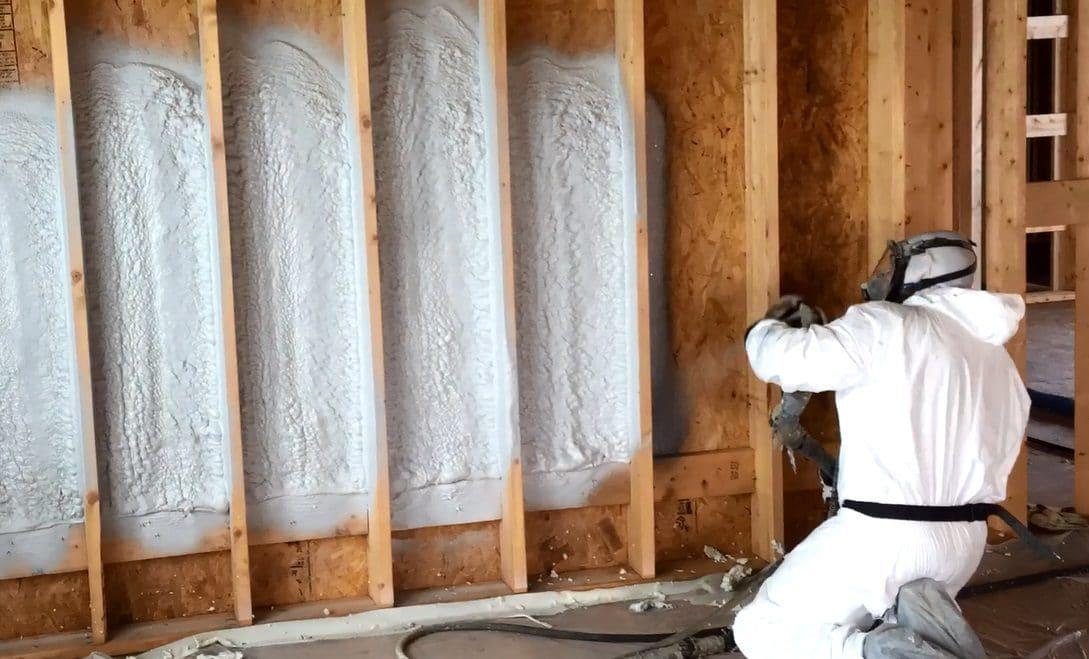Step-by-Step Installation Guide for Bulk Spray Foam Insulation

Insulation plays a crucial role in enhancing energy efficiency and maintaining indoor comfort. Among various methods, bulk spray foam insulation has gained popularity due to its ability to seal air leaks, control moisture, and provide consistent thermal resistance. Unlike batt or board products, spray foam expands to fill gaps, ensuring a tight barrier against drafts and temperature swings. While the installation process requires care and proper equipment, following the right steps helps deliver long-lasting results. This guide outlines each stage clearly, from preparation to post-installation checks, so readers can understand how to approach the task safely and effectively.
Preparing for Installation
A successful application starts with thorough preparation.
Assess the Site
Check the area where the insulation will be applied. Ensure the surface is dry, clean, and free of dust or debris. Look for gaps, wiring, or plumbing that might need protection.
Choose the Right Foam and Equipment
Select between open-cell and closed-cell spray foam. Open-cell is lighter and suitable for interior walls. Closed-cell offers higher density and better moisture resistance, making it ideal for basements or exterior walls. Use professional spray rigs designed for bulk spray foam insulation applications.
Safety Measures
Wear full protective gear, including respirators, gloves, and coveralls, to ensure your safety. Set up proper ventilation to control fumes. Mark off restricted zones to keep others safe during spraying.
Setting Up the Equipment
wholesale spray foam insulationProper calibration ensures smooth spraying.
-
Warm the foam materials to the manufacturer’s recommended temperature.
-
Calibrate the pressure and mixing ratio carefully.
-
Test the spray on a small surface to confirm correct texture and expansion.
Application Process
Once ready, start spraying in thin layers.
Spray in Passes
Apply foam in controlled lifts, usually two inches per pass. Allow time for the layer to cure before applying the next layer. This prevents overheating and ensures uniform thickness.
Picture Frame Technique
Spray the edges of wall cavities first, then fill the center. This method helps achieve even coverage and better adhesion.
Monitor Thickness
Use depth gauges or visual checks to confirm coverage. Inspect for missed spots and reapply foam if necessary.
After Spraying
The job does not end once the foam is applied.
-
Allow the foam to cure fully before re-entry.
-
Trim excess material for a flush finish.
-
Inspect the surface for gaps, cracks, or adhesion issues.
-
Apply any required protective coatings or fire barriers as local codes demand.
Common Issues to Watch For
Even with planning, problems can occur.
-
Overspray on unprotected surfaces
-
Incomplete adhesion due to moisture
-
Foam that shrinks or cracks when applied too thick
-
Equipment clogging or uneven spray patterns
Addressing these early helps avoid costly rework.
Conclusion
Installing bulk spray foam insulation requires careful planning, precision, and attention to safety. By preparing the site, selecting the appropriate materials, and calibrating the equipment, installers set the stage for success. The spraying process itself demands steady technique, applying thin layers, and ensuring consistent coverage. Post-installation inspections and corrections confirm the job meets performance and safety standards. By following these steps carefully, this insulation method provides excellent thermal control, moisture protection, and long-term durability. Homeowners and professionals alike can rely on spray foam to create energy-efficient spaces that remain comfortable throughout the year.


